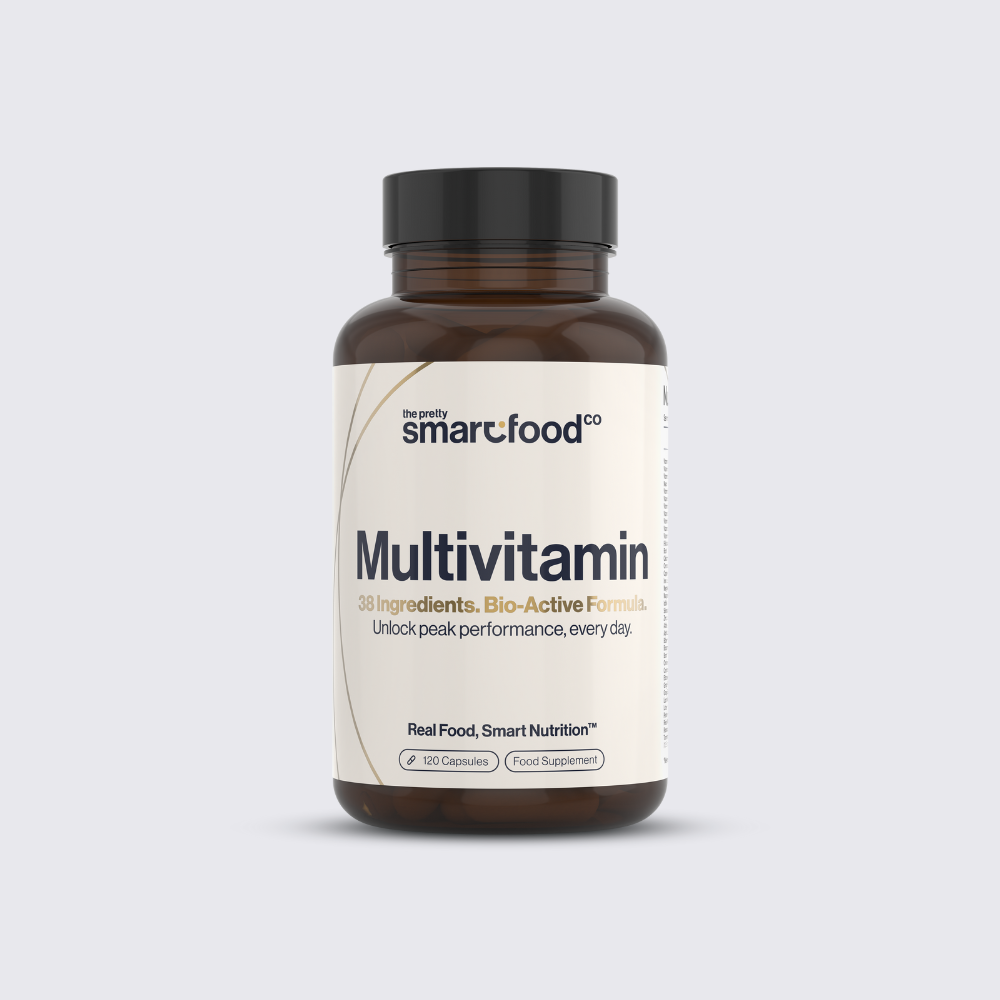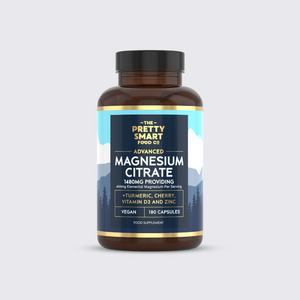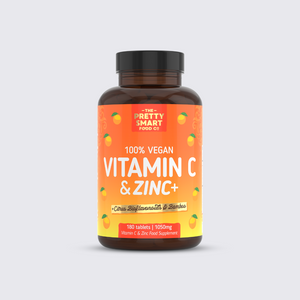Oxidative stress has been implicated in many chronic diseases, and its pathological processes are closely related to those of inflammation, in that one can be easily induced by another.
In fact, it is known that inflammatory cells liberate a number of reactive species at the site of inflammation leading to oxidative stress, which demonstrates the relationship between oxidative stress and inflammation [28].
In addition, a number of reactive oxygen/nitrogen species can initiate an intracellular signaling cascade that enhances pro-inflammatory gene expression. Inflammation has been identified in the development of many chronic diseases and conditions [10,19,29,30]. These diseases include Alzheimer’s disease (AD), Parkinson’s disease, multiple sclerosis, epilepsy, cerebral injury, cardiovascular disease, metabolic syndrome, cancer, allergy, asthma, bronchitis, colitis, arthritis, renal ischemia, psoriasis, diabetes, obesity, depression, fatigue, and acquired immune deficiency syndromeAIDS [10]. Tumor necrosis factor α (TNF-α) is a major mediator of inflammation in most diseases, and this effect is regulated by the activation of a transcription factor, nuclear factor (NF)-κB. Whereas TNF-α is said to be the most potent NF-κB activator, the expression of TNF-α is also regulated by NF-κB. In addition to TNF-α, NF-κB is also activated by most inflammatory cytokines; gram-negative bacteria; various disease-causing viruses; environmental pollutants; chemical, physical, mechanical, and psychological stress; high glucose; fatty acids; ultraviolet radiation; cigarette smoke; and other disease-causing factors.
Therefore, agents that downregulate NF-κB and NF-κB–regulated gene products have potential efficacy against several of these diseases. Curcumin has been shown to block NF-κB activation increased by several different inflammatory stimuli [10].
Curcumin has also been shown to suppress inflammation through many different mechanisms beyond the scope of this review, thereby supporting its mechanism of action as a potential anti-inflammatory agent [10].
Source: pubmed.ncbi.nlm.nih.gov






















